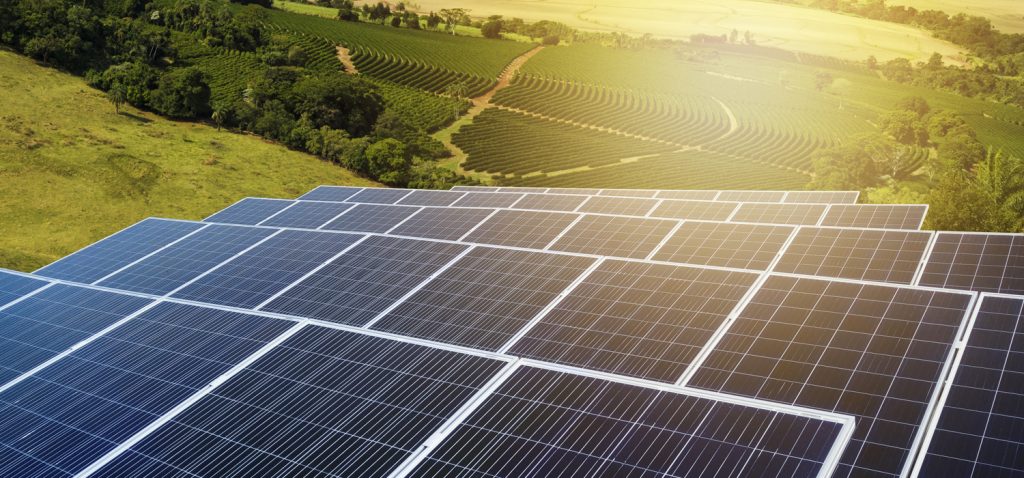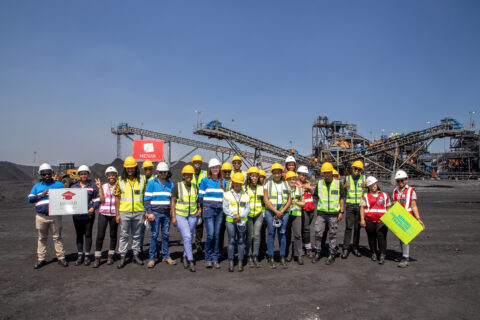SA Mining
Eskom Looks To Increase Licence Limit For Self-Generators
In a bid to close the ever-expanding electricity generation gap, power utility Eskom is evaluating the potential of opening up the network to more self-generating power players by increasing the licence limit from 5MW to 50MW, Eskom CEO André de Ruyter told delegates at the virtual 2021 Investing in African Mining Indaba.
“We understand that our lack of reliability in terms of electricity supply has created uncertainty in the mining industry. We are taking steps to improve reliability, and through our corporate restructuring, we are creating the ability to add more capacity to our grid, and in particular, enable that capacity to be brought online for companies, including mines, that want to self-generate.”
Eskom’s poor system reliability is largely due to unplanned maintenance of “around 11 000MW at any given time”, coupled with about 5 000MW of planned maintenance, as well as a number of issues related to coal quality, which deducted a further 2 000MW.
“So effectively of the 46 000MW, we only have available about 28 000MW of power. Furthermore, in terms of the IRP 19, we are going to retire about 10 000MW over the next decade, which leaves us with a very significant shortfall which needs to be supplemented urgently,” said De Ruyter.
Citing a recent survey done by Chris Yelland and Meridian Economics, which indicated the availability of some 5 000MW of capacity that could be added to the grid based on the change in licensing regime, De Ruyter noted that this was a great opportunity to unlock own-generated capacity.
The state-owned entity has put in place processes to helping customers in generating their own power.
“If you have 50MW or so that you would like to feed to the grid, please call us, we would love to hear from you – we think it’s a great opportunity for us together to resolve the electricity crisis in South Africa.”
However, the opportunity does not come cheap – Eskom is restructuring its tariff system, which includes a capacity charge for own-generated power. “This is to cater for the fact that the grid will essentially act as a giant battery to those who are self-generating, so there is a cost attached to that capacity availability,” he said.
The utility is also looking at repurposing its ageing fleet and undertaking targeted projects that can rapidly unlock existing capacity using existing infrastructure.
Eskom is exploring options to repurpose its coal-fired power stations to natural gas. Compared to a new greenfields gas-fired electricity plant, a repurposed old plant will be able to effect a saving in capital cost of between 30% and 35%, De Ruyter said.
Aside from the additional capacity of 2 000MW that Eskom is looking to bring on board by June 2022, the power producer is expecting to bring a further 11.8GW of new-generation capacity into the system.
Tariff tipping point
If Eskom has its way, South Africans could well be coughing up “two successive increases of 15% pa followed by inflation-linked increases” to bridge Eskom’s hefty shortfall.
De Ruyter said the shortfall in the tariff decisions made over the years had contributed to the substantial shortfall in revenue, which had exacerbated the debt situation to the tune of some R450-billion.
“We understand that if we were to migrate to cost-reflective tariffs immediately, that would create an untenable price shock to the economy, which is not desirable at all as some of our customers would see very severe pressure on their electricity bill.
“Therefore [we are thinking of] a more moderate approach of two successive increases of 15% pa followed by inflation-linked increases subsequent to that period of adjustment. We believe that this would create price path certainty and enhance investor certainty in what the likely cost of energy is going to be, going forward.”
According to Eskom, South Africa’s electricity tariffs are significantly below its peers in the international arena, and even with the proposed cost-reflective tariffs, South Africa would be among the lowest electricity payers globally.
“So we think that these increases are not unrealistic and not unreasonable, given the alternative, which is to rely on continued taxpayer subsidies to enable us to pay our interest off.”
However the energy supplier was willing to enter into negotiated price agreements for those intensive energy users that were distressed by the proposed hefty price increases.
“We think that by adding capacity to the grid and implementing a new tariff structure, we will have an electricity market that is sustainable and competitive in global terms; bearing in mind that the cost of unreliable electricity is always higher than the cost of reliable cost-reflective electricity.”





